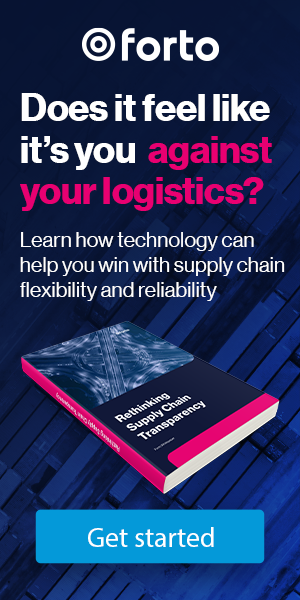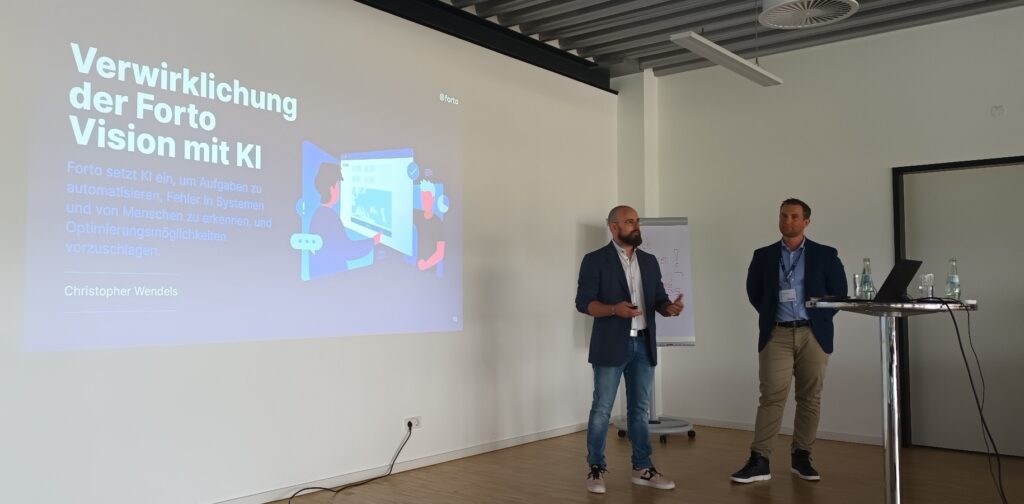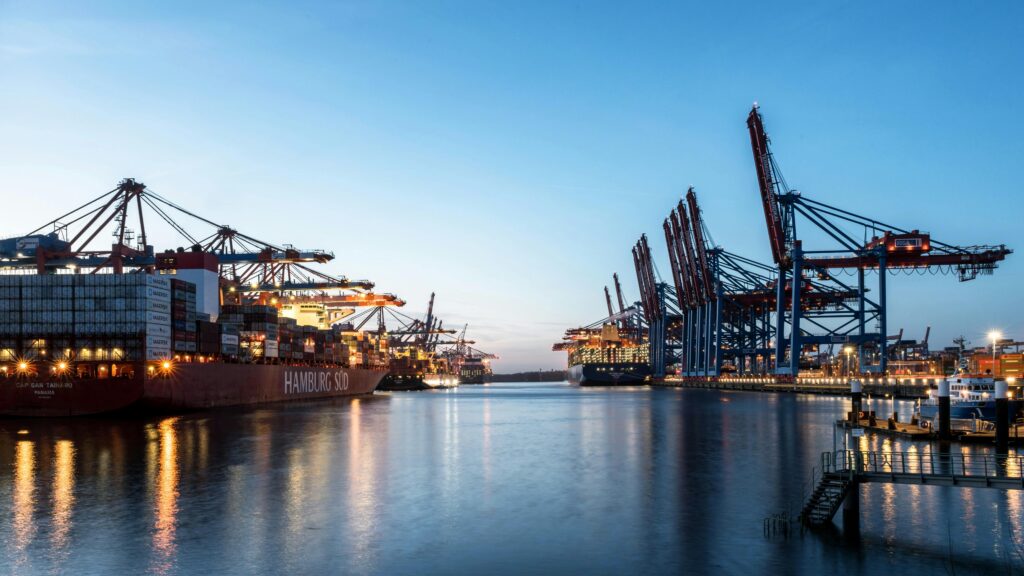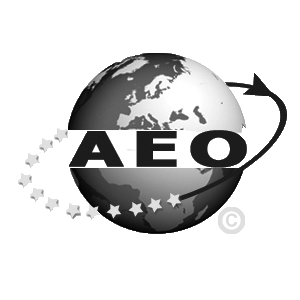As the first, fully digital freight forwarding agency in Europe, we are happy to announce our new export functionality. With this new function, shippers can receive instantaneous quotes for EU to Asia by sea (either Port to Port or Door to Port).
Book an EU Outbound shipment of voltage regulators through FreightHub, and you will encounter a screen that pops up with various options. You can then select the mode of transport, transit time, and cost that you want. All documentation like bills of lading, customs papers, and shipping requirements are taken care of. Goods are picked up and delivered to a port or terminal of choice. The process is seamless and the system provides a step-by-step shipment transparency.

EU-Asia automated door to port shipping is about to get very real – with immediate and tangible ramifications for EU and German exporting businesses. What does it all mean?
“Made in Germany” Label: Popular as Ever in Asia
The first takeaway is that German companies exporting to Asia can capitalize on strengths, like the country’s reputation for high-quality products, by using FreightHub’s shipping function.
German-engineered products enjoy the highest reputation among consumers worldwide, according to Statista’s Made-In-Country-Index 2017. When respondents were asked how they felt about certain labels from 49 different countries (plus the EU) on a five-point scale, the most favorable response was earned by “Made in Germany”, with second place going to Switzerland, then the EU.
Well-designed, well-crafted German products are routinely snapped up in Asia.
Just recently, a run on German-made anti-hair-loss caffeine shampoo (Alpecin, by Dr. Wolff Group) in China resulted in supply deficits at home. Adidas apparel is considered the 10th most “loved” brand in Asia, according to one study of brands that “resonate the most with Asian consumers”.
Now more than ever, discerning Asian consumers are seeking quality, in both form and function, from their imported goods. According to brand expert and author of What China Wants, Tom Doctoroff, Chinese consumers gravitate towards recognizable, well-made products. They want bling (visual cues project status) but “paradoxically, understated bling.” German products tend to fit this bill.
German shippers from small to mid or large size can capitalize on this reputational advantage by harnessing the efficiencies of FreightHub’s freight forwarding function. When it becomes possible to compare price points, modes of transportation, etc. and to adjust container load quantities 24/7 to suit one’s needs, the benefits of EU-Asia automated door to port shipping become very real. Further digitalization of the supply chain, such as FreightHub offers, is a key way to leverage Germany’s brand reputation in the Asian market.
The FreightHub platform removes the “broken telephone” aspect of the analog experience. In the past, shippers communicated with middlemen by phone call, fax and email. A typical wait time for a quote was three days, sometimes more. FreightHub’s product innovation reduces friction. Much of the previously-accepted “cost of business” in SCM is gone. Some of the overwhelm are gone too (as a shipper’s data is kept in one place like a dashboard).
A Golden Moment
Secondly, the announcement is part of a promising current reality for trade relations between the EU and Asia.
Beyond the sustained and growing appreciation for all things “Made in Germany,” German and EU Shippers are eager to maximize on a golden moment in German-Asia-Pacific trade relations. A greater closeness in EU-Sino trade relations due to the United States’ new protectionist tack and the age of digitalization means an opening for growth. EU-Asia trade is at a high. Germany’s exports to both China and India rose 12% in 2017’s first quarter from the previous year (January-April); shipments to Indonesia and Vietnam soared to 20%. China is now Germany’s largest trading partner (with combined imports and exports equalling close to €200billion ($223 billion). The Silk Road (a network of revitalized transportation routes/trade centers between Europe and China) recently opened up with great fanfare.
Digitalization of the Supply Chain and the Automation of Quotes from EU to Asia
The last takeaway is that FreightHub’s announcement hints at a new and exciting future for the shipping world.
Web-enabled capabilities take advantage of integration for increased efficiency and greater profits. When there is a better way to move resources and assets, there is a greater potential for profit for all players.
Existing global efforts at supply chain digitalization are fledgling and fragmented at best. While “digitization” has existed for a long time, digitalization is much more profound. Digitization is simply the conversion of processes from analog to digital. Digitalization is “the use of digital technologies to change a business model and provide new revenue and value-producing opportunities.” A fully streamlined and automated supply chain will inject superpower speed and economies into EU small to medium sized businesses, as this trend grows.
All this efficiency does not come at the expense of service, as some analysts have been quick to suggest. Yes, there will be growing pains as platform players work out the intricacies of providing back-end service as their industry forerunners have done. But what cannot be denied is that speed (or convenience) and transparency are the new service. “In a marketplace of distraction, the company’s’ products and services that can save you time are going to win”. Simplifying experience provides value.
This “good news” announcement by FreightHub is a big deal – a “disrupting” move in the European export community. FreightHub’s German-Asia’s real-time export functionality augers well for innovative German and EU firms looking to expand their business in Asia.
Is your company looking for the best shipping solution and the right freight forwarding partner? Click here to see what our platform and shipping experts can do for You!


![Automated door to port shipping EU-Asia [FreightHub Product Update] Automated door to port shipping EU-Asia [FreightHub Product Update]](/wp-content/uploads/2020/03/1.png)





